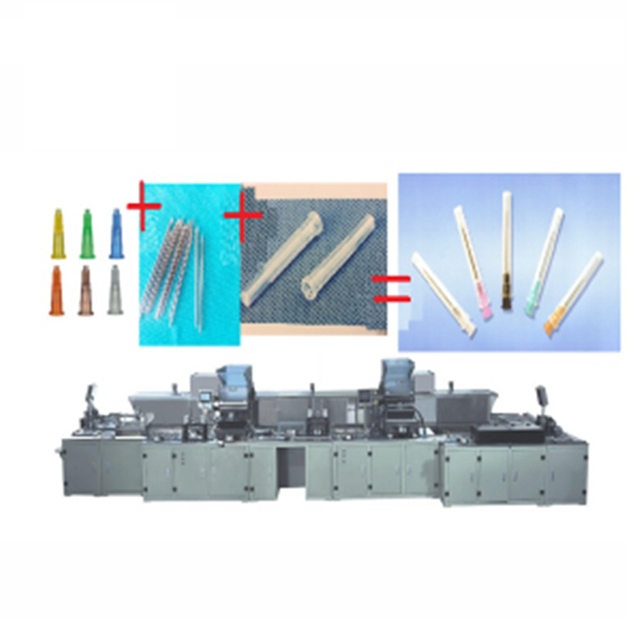Views: 0 Author: Site Editor Publish Time: 2025-03-19 Origin: Site








Did you know that over 60% of plastic products are made using extrusion? Are you uncertain about which plastics are best suited for extrusion? This guide reveals the top plastics that can be extruded, their benefits, and how extrusion transforms plastic manufacturing.
Plastic extrusion is a manufacturing process where raw plastic material is melted and forced through a mold to create continuous shapes. The process is commonly used for creating pipes, sheets, profiles, and films. Many types of plastics can undergo extrusion, with each offering unique characteristics suited for various applications.
The following plastics are commonly used in extrusion due to their material properties:
| Plastic Type | Applications | Benefits |
|---|---|---|
| PVC (Polyvinyl Chloride) | Pipes, profiles, flooring, doors | Cost-effective, durable, and versatile |
| HDPE (High-Density Polyethylene) | Containers, pipes, bottles | Strong, lightweight, and resistant to chemicals |
| LDPE (Low-Density Polyethylene) | Films, bags, tubing | Flexible, low-density, and cost-efficient |
| PP (Polypropylene) | Packaging, automotive parts, sheets | Chemical resistant, lightweight, durable |
| PET (Polyethylene Terephthalate) | Food packaging, beverage containers | Strong, transparent, and recyclable |
| ABS (Acrylonitrile Butadiene Styrene) | Automotive parts, electronic housings | Tough, impact-resistant, easy to process |
These materials are used widely across industries due to their adaptability to extrusion processes.
Here’s why extrusion is the go-to method for producing plastic parts:
· High efficiency: Continuous production lines can run non-stop, reducing time and labor costs.
· Cost-effective: Extrusion minimizes waste, as materials are used efficiently.
· Versatility: Extrusion can produce a wide variety of shapes and sizes, including intricate profiles and thin-walled products.
· Customization: The extrusion process allows for easy modification of product properties, including color, texture, and size.
Not all plastics are created equal, and their suitability for extrusion depends on several factors:
1. Viscosity: A plastic must be able to flow easily when melted, making it suitable for extrusion.
2. Thermal stability: Plastics with a higher resistance to heat are better for extrusion, as they will not degrade during processing.
3. Molecular structure: Some plastics, like HDPE, have a molecular structure that facilitates smooth extrusion.

1. Prepare the raw plastic: Begin with the plastic pellets or powder.
2. Melt the material: Heat the plastic to the required temperature until it becomes a viscous liquid.
3. Extrude the material: Force the molten plastic through a die that shapes it into the desired form.
4. Cooling: Cool the extruded plastic using water or air to solidify it into its final shape.
5. Cutting: Once solidified, the extruded plastic is cut into the required lengths or rolled into sheets.
By understanding the extrusion process, you can see why some plastics are more compatible than others based on their physical and chemical properties.

Plastic extrusion is a versatile and cost-effective process that can be used with various materials such as PVC, HDPE, and PET. Choosing the right plastic for your extrusion needs ensures optimal performance, cost efficiency, and quality.
Want to learn more about extrusion and which plastics are ideal for your project? Contact us today for expert advice and recommendations!
When choosing plastic for extrusion, consider factors such as material properties, cost, and the specific application. PVC and HDPE are commonly used for their versatility and durability.
For high-temperature applications, plastics like PET, PP, and PVC are ideal due to their superior thermal resistance and stability.
Extrusion processes are generally cost-effective as they reduce material waste and enable continuous production, lowering overall costs.